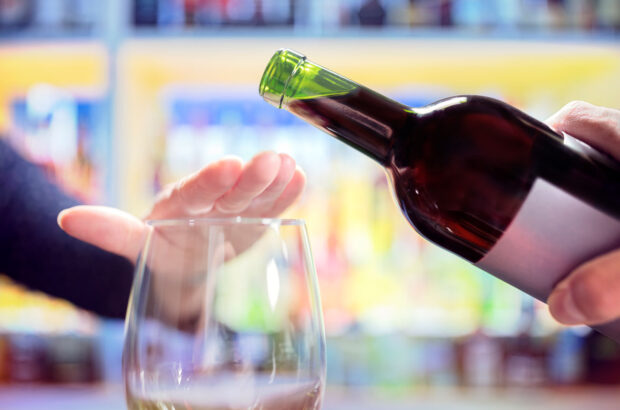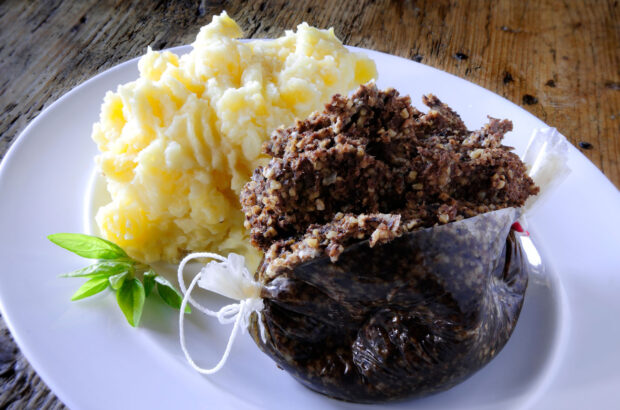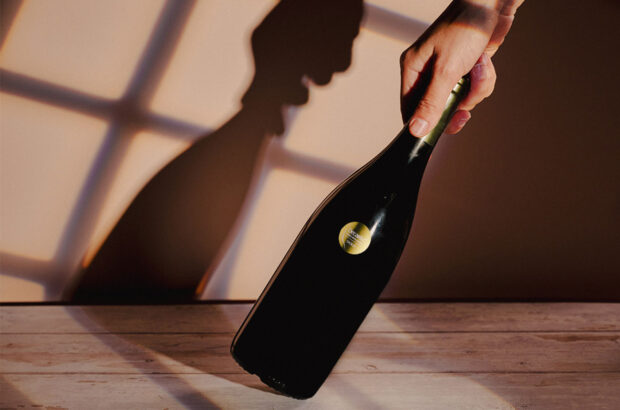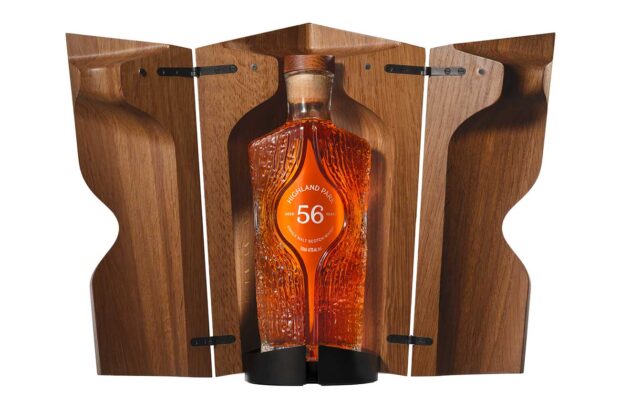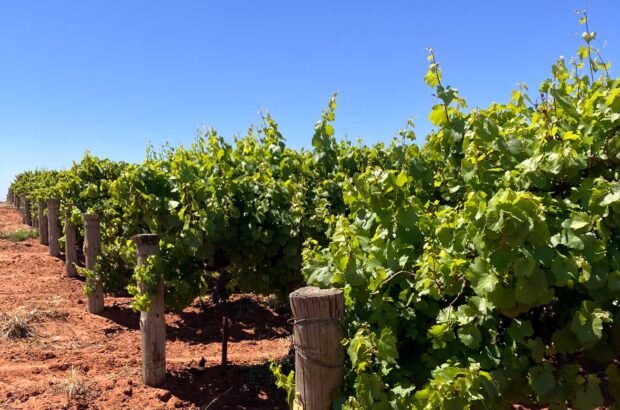Home to Santiago de Compostela, this region offers wine lovers their own pilgrimage through Ribeiro and Rías Baixas, finds Sue Style. Read her Galicia travel guide here.
Vineyards at Finca Vinoa

FACT FILE
Planted area 9,548ha
Main grape varieties
White: Albariño, Treixadura, Godello, Loureira Blanco, Caiño Blanco, Doña Branca, Torrontés
Red: Mencía, Brancellao, Merenzao, Sousón, Caiño (Tinto, Bravo, Longo), Ferrol, Espadeiro, Loureira Tinto, Tempranillo.
Main soil types granite and granitic sand, schist, slate, clay
Quick links:
Before setting off for Galicia, it’s wise to shed any preconceived notions of Spain. This northwestern corner of the country is so different from any other part of the peninsula that you may start to wonder whether you took a wrong turn and fetched up by mistake in Brittany, or somewhere on Ireland’s west coast.
This is Atlantic Spain, sheltering beneath a canopy of scudding clouds, its rocky shores lashed by furious waves, its lush countryside luminous and glistening from the most recent rain shower. It’s a land of pazos – grand manor houses surrounded by vineyards, of hórreos, or granaries, perched on stone stilts to keep rain and rodents at bay, of seafoodrich estuaries fringed with vines, allotments neatly planted with beans, turnip greens and cabbages, and hillsides grazed by some of Spain’s finest beef cattle. Evidence of Galicia as one of the country’s top food and wine destinations, on a par with the Basque country and Catalunya, is all around.
Set aside a couple of days to soak up the gentle charms of Santiago de Compostela, wander the rain-splashed, traffic-free streets of the medieval centre and join milling, modern-day pilgrims as they head for the spectacular cathedral. After a glass of Albariño in the bar of the famous Hostal dos Reis Católicos across the square, you’ll be all set for a vinous pilgrimage, combining inland Rutas do Viño with the coastal vineyards of Rías Baixas.
From Santiago, the toll road to Ourense carves its way through an emerald-green landscape fringed with eucalyptus and gorse, over a succession of sweeping viaducts and south to Ribadavia, capital of DO Ribeiro. Here, inland, you are screened from the worst Atlantic squalls by the Sierra del Suido, and midday summer temperatures routinely soar above 30°C, saved by blessedly cool nights. Vines are stacked on steep, well-drained, granitic terraces above the rivers, and equipped with drip-irrigation systems to combat water stress.
Cistercian monks laid the foundations of quality wine-growing in Ribeiro in the Middle Ages and the region’s renown grew steadily over centuries. After the disastrous 19th-century troika of oidium, mildew and phylloxera, Ribeiro subsided into a dismal backwater, planting imported high-yielding varieties (Palomino, of Sherry fame, was a favourite) and sacrificing all for quantity. Come the 1990s, a few visionaries woke again to its potential as a fine wine region, reclaiming terraces and vineyards and determined to recover its lost reputation for quality.
Ribeiro ramblings
Among these was the González Vázquez family, owner of Casal de Armán, a 20ha estate whose rural homestead makes a comfortable perch for Ribeiro explorations. The whole operation – winery, guesthouse and restaurant – is staffed by family members, who offer a range of wine-related activities. After a strenuous day exploring, enjoy a plate of garlicky zamburiñas (queen scallops) followed by roast kid, with a bottle of Finca Misenhora or Finca Os Loureiros, classy, singlevineyard whites in which the straw-gold, peachy Treixadura plays a starring role.
To get a sense of how Ribeiro is on the move and the level of investment involved, visit nearby Finca Viñoa (fincavinoa.com) high above the River Avia. The owners of this newly established estate have indulged in some serious earth-moving, carving terraces into the granite hillside streaked with seams of schist, and planting them with Ribeiro’s four signature grapes (Treixadura, Albariño, Godello and Loureira) for their single, intensely satisfying white blend.
Close by is Coto de Gomaríz (cotodegomariz.com), a 28ha estate owned by the Carreiro family, who has spent 30 years resurrecting historic sites, acquiring new plots, restoring swathes of terracing and, lately, adopting biodynamic practices – a singular challenge in Galicia’s predominantly cool, damp climate. Traditionally, explains export manager Inma Pazos, red wines outnumbered whites in Ribeiro. Today, while fragrant, full-bodied whites rule the roost (their old-vine, lightly oaked Colleita Seleccionada is exemplary), the estate is hoisting the red flag again with a range of newwave, Atlantic-inflected blends.
Ramón do Casar (ramondocasar.es) is the new kid on Ribeiro’s block, with just 8ha of Treixadura, Albariño and Godello planted on slopes above the River Miño. This family venture (opened July 2014) tells a familiar Galician story of hardship and emigration. In 1955, Ramón departed for Venezuela where he founded a bakery. It prospered, and all his remittances were invested in prime plots of land back home. In 2000 the vineyard was planted and 2013 saw the first bottlings: a Treixadura and a blend. Their labels are reproductions of the original postcards exchanged between the exiled Ramón and his bride-to-be.
From Ribeiro to the southernmost point of Rías Baixas, it’s about 90 minutes along the sinuous road beside the River Miño, which for most of the way forms the border with Portugal. Just inland from the pastel-painted port of A Guarda is Quinta de Couselo (quintacouselo.com), an elegant stone pazo watched over by a pair of parasol pines. These illustrate the labels of their plump, aromatic blends Quinta de Couselo and Turonia, where the angularity of Albariño is fleshed out by dollops of Loureira and Treixadura. As is typical in Rías Baixas, with rainfall double that of inland vineyards, vines here scramble high on pergolas suspended between chunky, head-high granite posts.
Albariño country
Then it’s a leisurely amble north, across the Vigo estuary with its countless mussel rafts, past Pontevedra (schedule a coffee stop in the old town) and west into the heart of Rías Baixas. Albariño rules here: today it represents 96% of all grapes harvested in the DO.
Yet total domination by this voguish grape was not always the case, explains Eugenio Zárate (zarate.es) of the eponymous bodega just south of Cambados, self-styled capital of Albariño. He recalls a time when the region’s everyday tipple was a pale, sharp red from tough local varieties Espadeiro, Caiño and Loureira tinto. Albariño was made only in tiny quantities and reserved for honoured guests and special occasions. For a crash course in this racy, zesty wine, start with the charming, entrylevel Albariño Zárate before graduating to the elegant complexity of single-vineyard El Palomar, grown on ungrafted centenarian vines trained in traditional style along pergolas.
Further south near Meaño is Paco & Lola (pacolola.com) a large, modern co-op that’s well set up for visitors. One of Galicia’s distinguishing features is the diminutive size of its vineyard plots, fragmented by multiple inheritances. Paco & Lola was founded in 2006 to assemble over 400 small producers, giving them the technological means to raise overall quality and the marketing pizzazz to sell large volumes of decent wine, principally Albariño – look out for the distinctive black-andwhite polka dot labels.
Wrap up your wine travels with a visit to Pazo Baión, (pazobaion.com) a pretty 30ha property half an hour from Santiago, whose origins go back to the 16th century. After a succession of owners, including most recently an Argentine drug baron operating off the coast of Galicia, it was bought at auction by the Condes de Albarei group. Of all the wineries visited, this is the most ambitious in terms of wine tourism, with guided visits to the vineyards and spanking-new cellars, culminating in a tasting of premium single-vineyard Albariños in the superb, architect-designed tasting room.
How to get there
You can fly from many European cities to Santiago de Compostela, then it’s a one-hour drive south to Ribeiro or less than one hour southwest to Rías Baixas. You can also fly to Porto in Portugal, where it’s a 1.5-hour drive north to A Guarda, in the south of Rías Baixas, or two hours to Ribeiro. Finally you could fly to A Coruña, north of Santiago, then it’s about a two-hour drive to Ribeiro or 1.5 hours to Rías Baixas.
For travel information on Galicia, visit spain.info
For detailed information on wine routes in Rías Baixas and Ribeiro, visit rutadelvinoriasbaixas.com and rutadelvinoribeiro.com

Written by Sue Style



